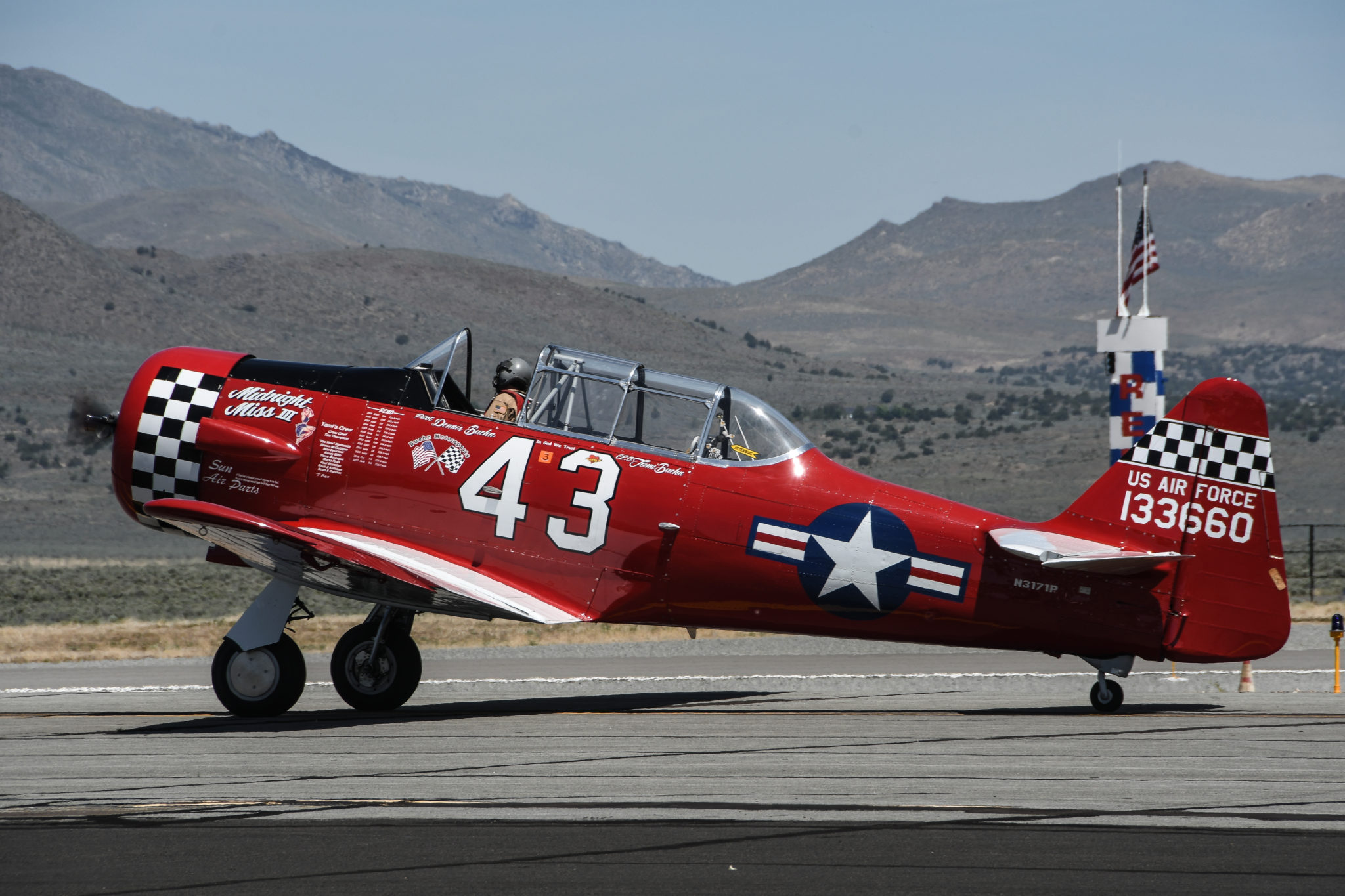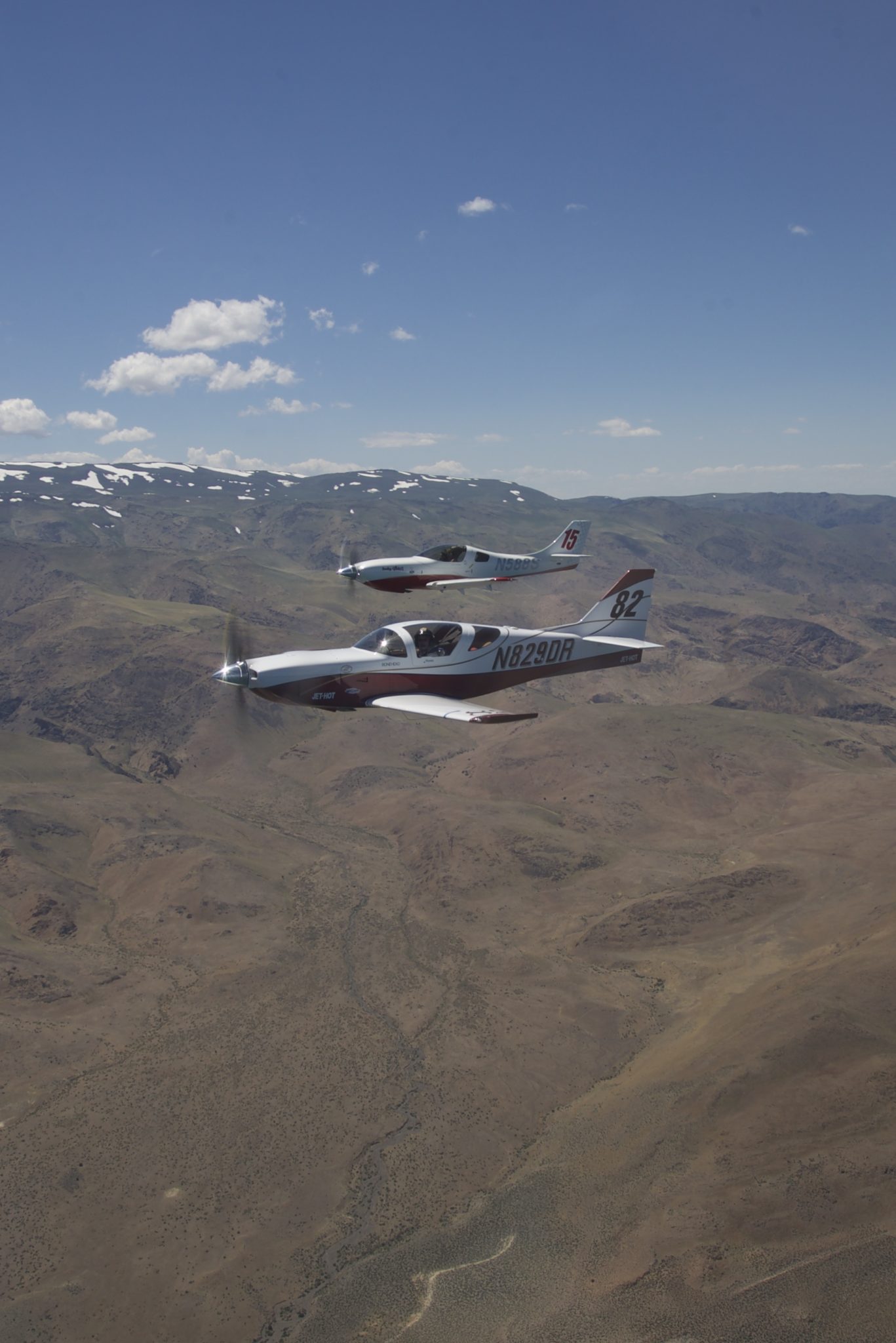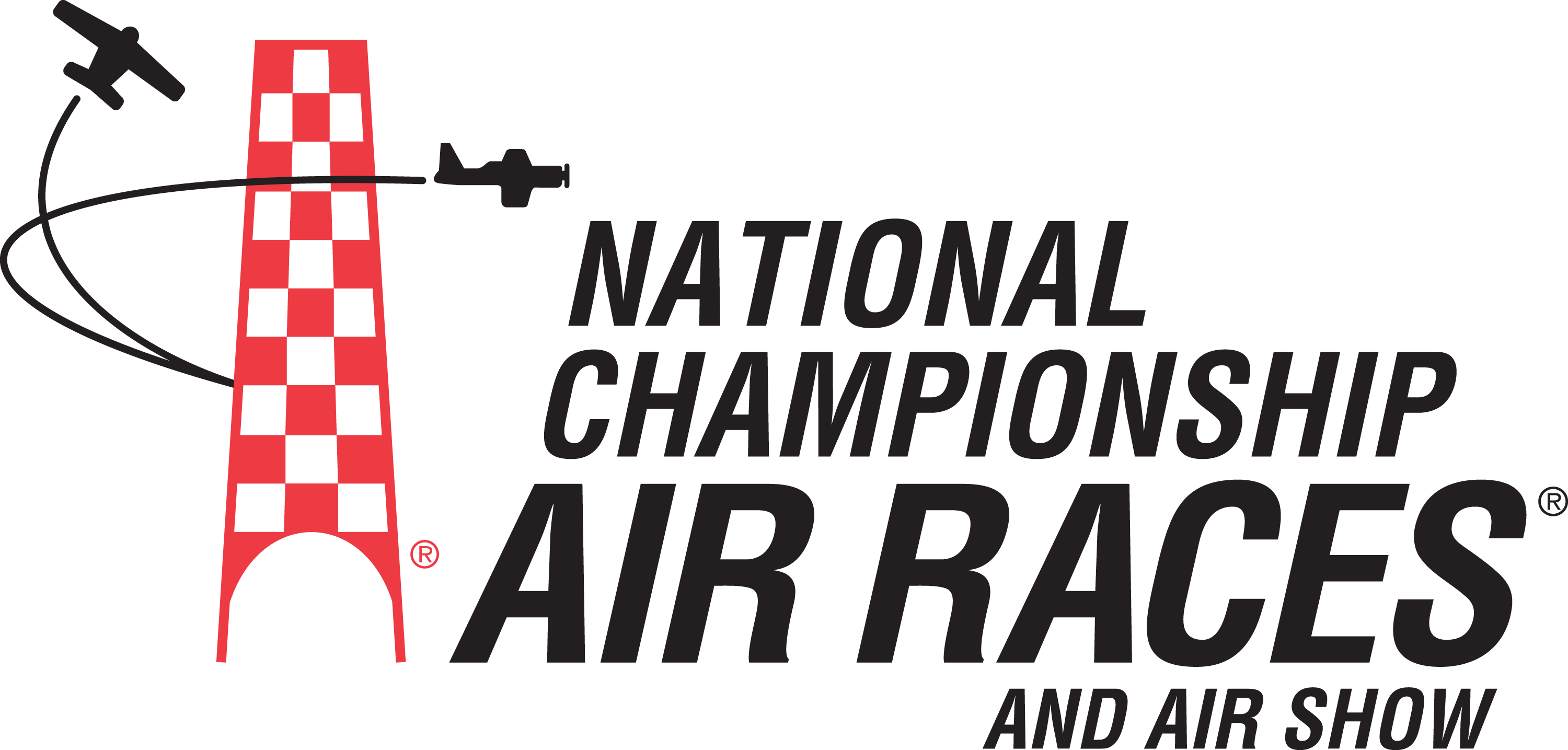Pylon Racing Seminar 2019
It’s a road you won’t find on any map. A road that stretches from one corner of the globe to the other. That reaches back into our past and extends well into our future. A road marked by countless hours of transforming a passion into a profession. It’s the road to the STIHL National Championship Air Races.
Every June, the top pilots from around the world gather at Stead Airport for the annual Pylon Racing Seminar (PRS). This year marked the 22nd year of the event commonly referred to as “Rookie School.” But don’t let the name fool you, the PRS isn’t just for rookies. It’s the best of the best – veteran racers dedicated to honing their craft, improving their skills and finding that next level of greatness.

This year’s PRS class was the largest and most diverse the Reno Air Racing Association has ever seen with 129 attendees, 52 students (including 13 international students), 25 certified races, 31 instructors and 13 officials with a total of 75 aircraft. While the wind made it interesting, it was a good example of what potential racers could expect in September.
The PRS began in 1997 to help better prepare pilots for the Air Races. Prior, pilots would arrive a few days before the September races and be taken through a series of air maneuvers. As the races started to attract more classes and more pilots, it became clear that a more structured training event was necessary.
The seminar is now required for all rookies and is open to all certified racers to hone their skills. If a certified racer has not participated in PRS or the races in the last three years, they must attend the event to re-certify and be able to race again. This allows all of the pilots to get a feel for the course and understand the safety guidelines.

The Rules
The PRS allows all of the pilots to gain a clear understanding of the rules and regulations. The rules for air racing are dictated by the Federal Aviation Administration (FAA), the Reno Air Racing Association (RARA) and each of the Race Classes. The FAA provides board definitions about what air racing is and how it will be conducted. From there, RARA adopts the rules, which have been carefully constructed over the years to provide the safest experience possible. Plus, each class has its own, more detailed rules that cover everything from the required engine size to wing size to technical and procedural requirements.
Standard Operating Procedures
Once the rules are reviewed and clarified, it’s time to review the Standard Operating Procedures. The first procedure is the Pre-Race Prep. This includes prepping the aircraft with everything they need to compete, including protective gear, fuel, oil, seat cushions, radios, fully charged batteries and more.
Pilots are briefed several times during the PRS, including a mandatory morning briefing that covers weather, schedules and any issues pilots need to be aware of for the day. After the general morning briefing, pilots break off into groups for their class briefings. Here, pilots get more specific information about their racing class and what time they will be participating.

The next procedure is Ground Operations. Formula 1 and Biplanes are the only classes that start the race on the ground. The other classes takeoff in a sequence to enable a quick formation behind their pace plane. Sport, Unlimited and Jet Classes join-up and continue around the back of Peavine Mountain. T6s do a modification of this join-up and come down the flight line to start the race. This is a sequence of events that is covered in great detail to ensure all racers can get from the ground to the course efficiently and safely.
The Ground Operations leads to Flight Operations. Once the departure/join-up is finished, the racers are cleared onto the course. The first lap is called Zero Lap and the race doesn’t officially begin until the leader aircraft passes the Home Pylon.
Then, it’s time to race! For the first few laps, new racers will be on the hunt for the pylons. The easiest way to find those painted 55-gallon drums in the sky is to follow one of the instructor pilots and have them point out each pylon. Over time, pilots start to develop muscle memory and can anticipate where the pylons are on the course. Pilots also learn to pass and how to be passed. All passing is done “high and outside.” It is considered common courtesy to give a quick radio call to announce a pass and again once the pass is completed.
After the race is complete, pilots learn how to efficiently and safely transition from the racecourse back onto the ground. The PRS also requires most of the pilots to perform an “Engine-Out Procedure” to make sure a rookie understands how their aircraft would perform without power.
Once everyone is on the ground safely, it’s time for another Flight Debrief and then Post Race Prep. This includes everything from getting the aircraft back in the pits to checking plugs, fuel and oil to making sure everything is ready to go for the next day.
The road to the STIHL National Championship Air Races is a long and arduous one, but the next time you’re watching a race or a qualifying session, you’ll know the amount of work that goes into putting on the best races in the safest manner possible.

